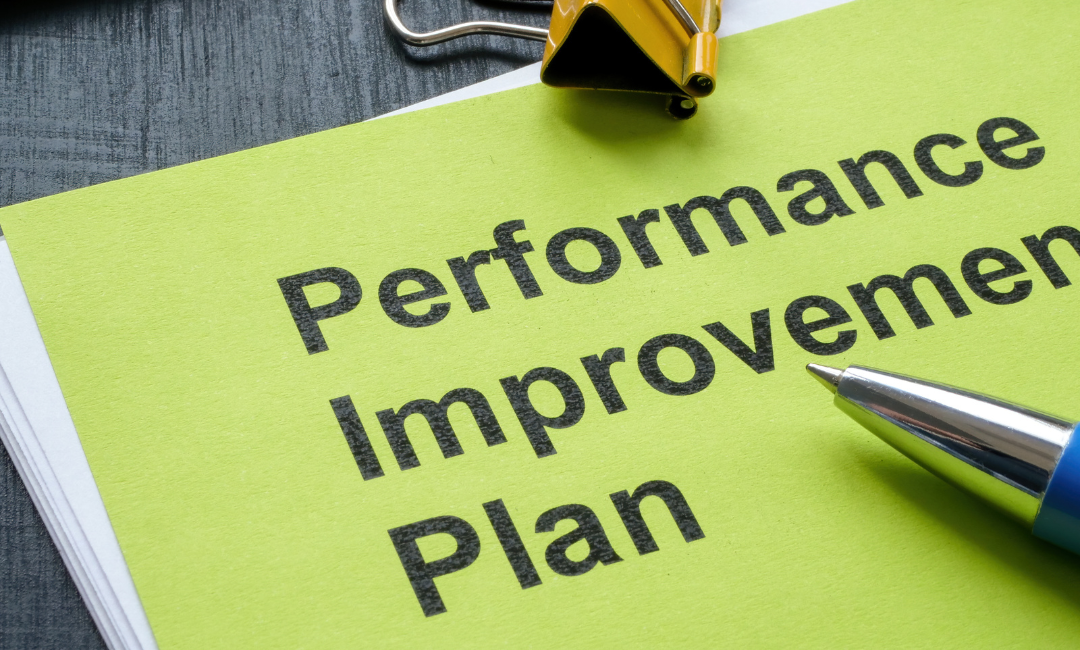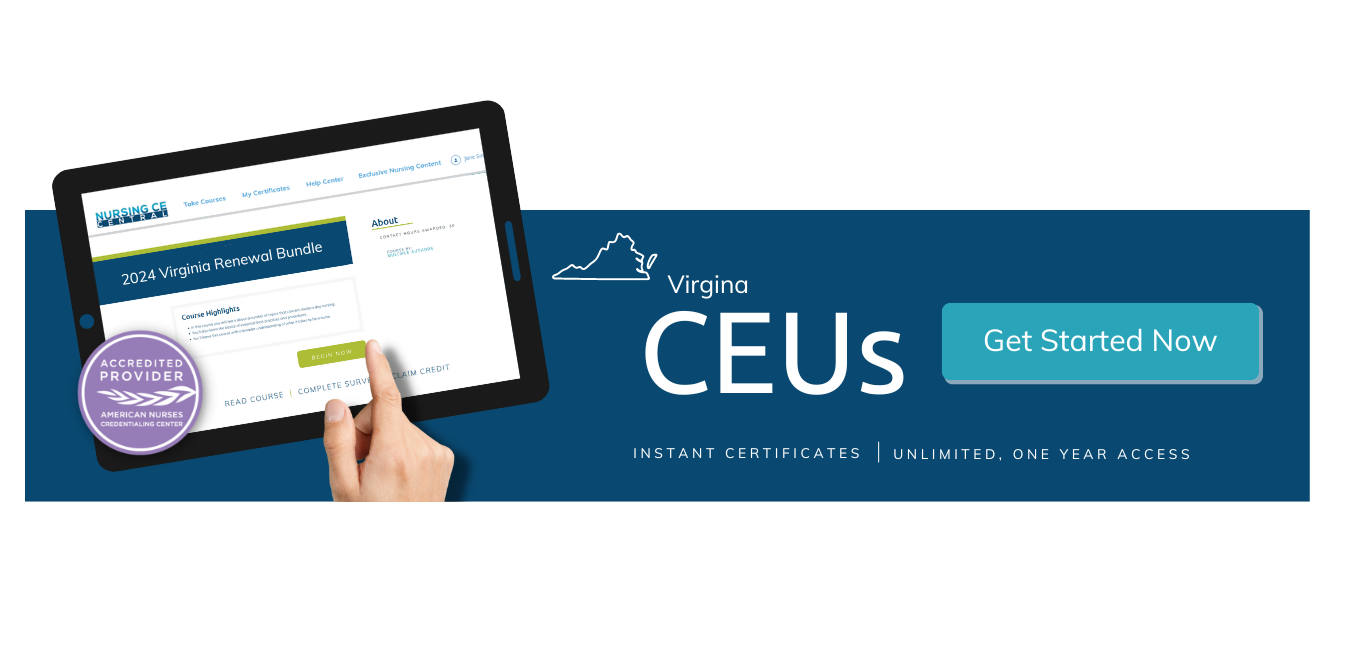What Do We Do to Improve Shoulder Dystocia Awareness and Practices?
Debrief
As with any unexpected event or outcome, one of the best resources for knowledge and insight is through a post-event debrief.
Having debriefs immediately following each event allows for a more accurate recall.
Utilizing a standard debrief form will prevent missing an opportunity for gathering thorough information.
Additionally, holding debriefs provides the healthcare team time to not only review each event for opportunities towards improvements, but also promotes successes within the team.
Gain individual knowledge and awareness
Knowledge of shoulder dystocia as a labor and delivery nurse is vital.
Following, not only knowing the risk factors to be watchful for or the complications that can happen but understanding each team member’s role and responsibilities if shoulder dystocia occurs can be the difference between life or death.
To promote successful outcomes as an individual, you can review your facility’s policies and procedures, familiarize yourself with documentation requirements, understand each role, and gain knowledge of each of the maneuvers.
While there are limitations present for all maneuvers to be done only by a provider, knowledge of each maneuver is important to the overall event. This knowledge may come in handy when you review charts or documents as the primary nurse.
In addition, if patients need to be in a specific position to accomplish a maneuver, you will need to understand these.
Not to mention, there are also maneuvers that are specific for nursing staff to perform when asked to do so. These maneuvers take more foundational knowledge and an understanding of newborn positioning.
Increase facility knowledge and awareness
There are several things a facility can do to increase its knowledge and preparedness for shoulder dystocia events.
Mock events are a great example, as they allow for guided practice and opportunities to improve communication among team members.
Simulations and drill scenarios have also been proven to promote success for real life emergent events.
Additionally, ensuring that all policies and procedures of the facility are up-to-date and reflect evidence-based practices are essential in promoting positive outcomes. Using references, checklists, and order sets for emergency event efficiency will also promote more accurate and complete documentation.








